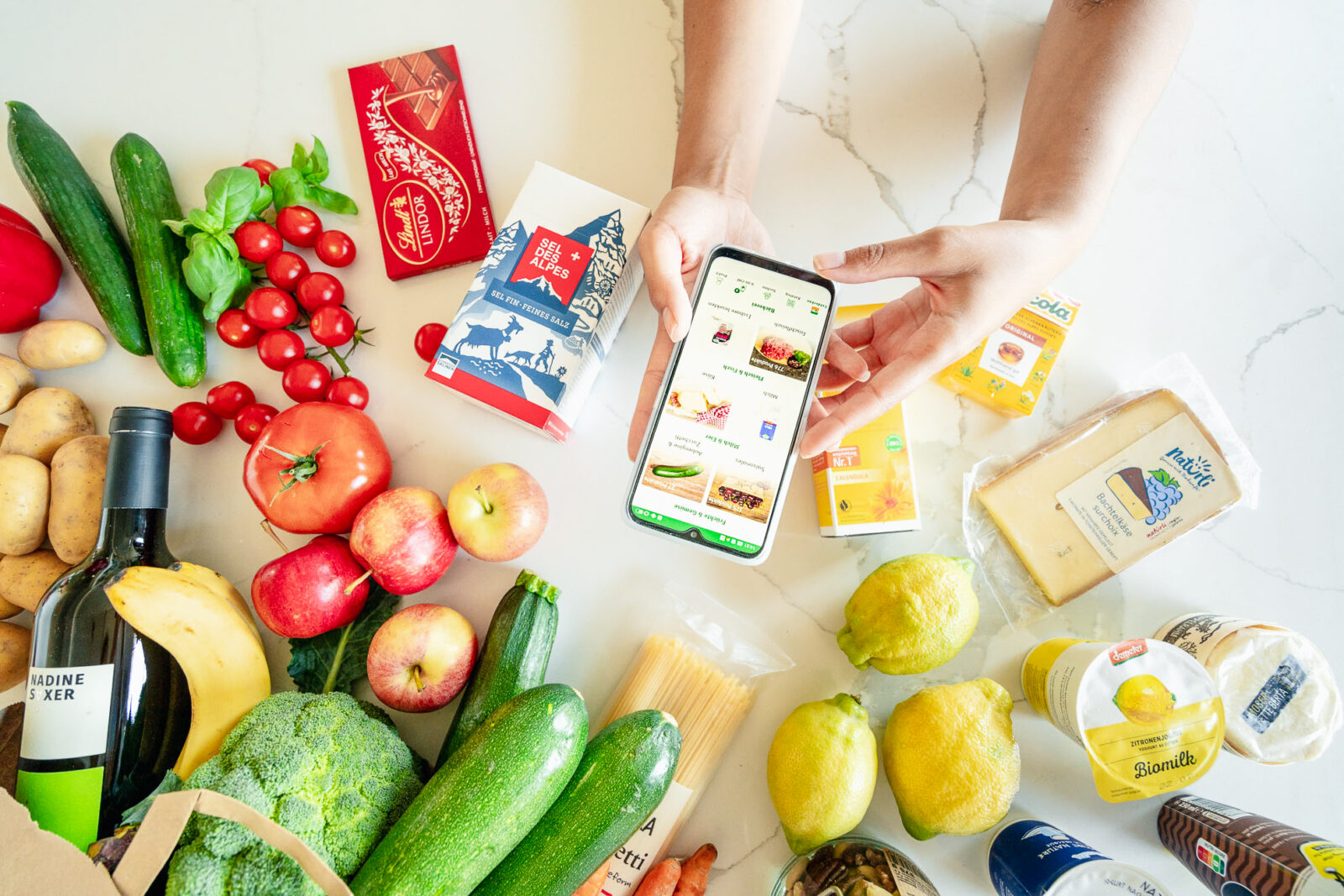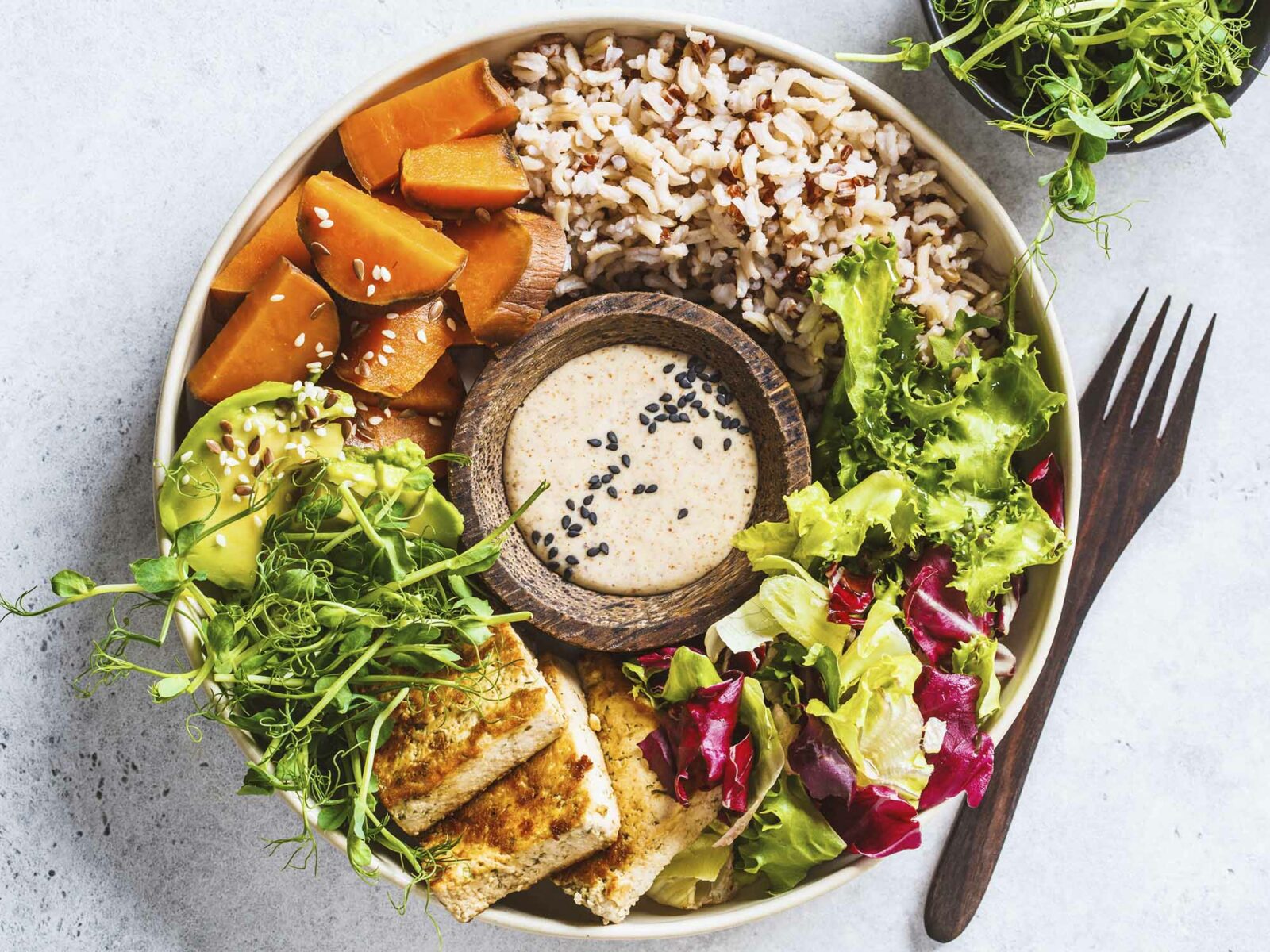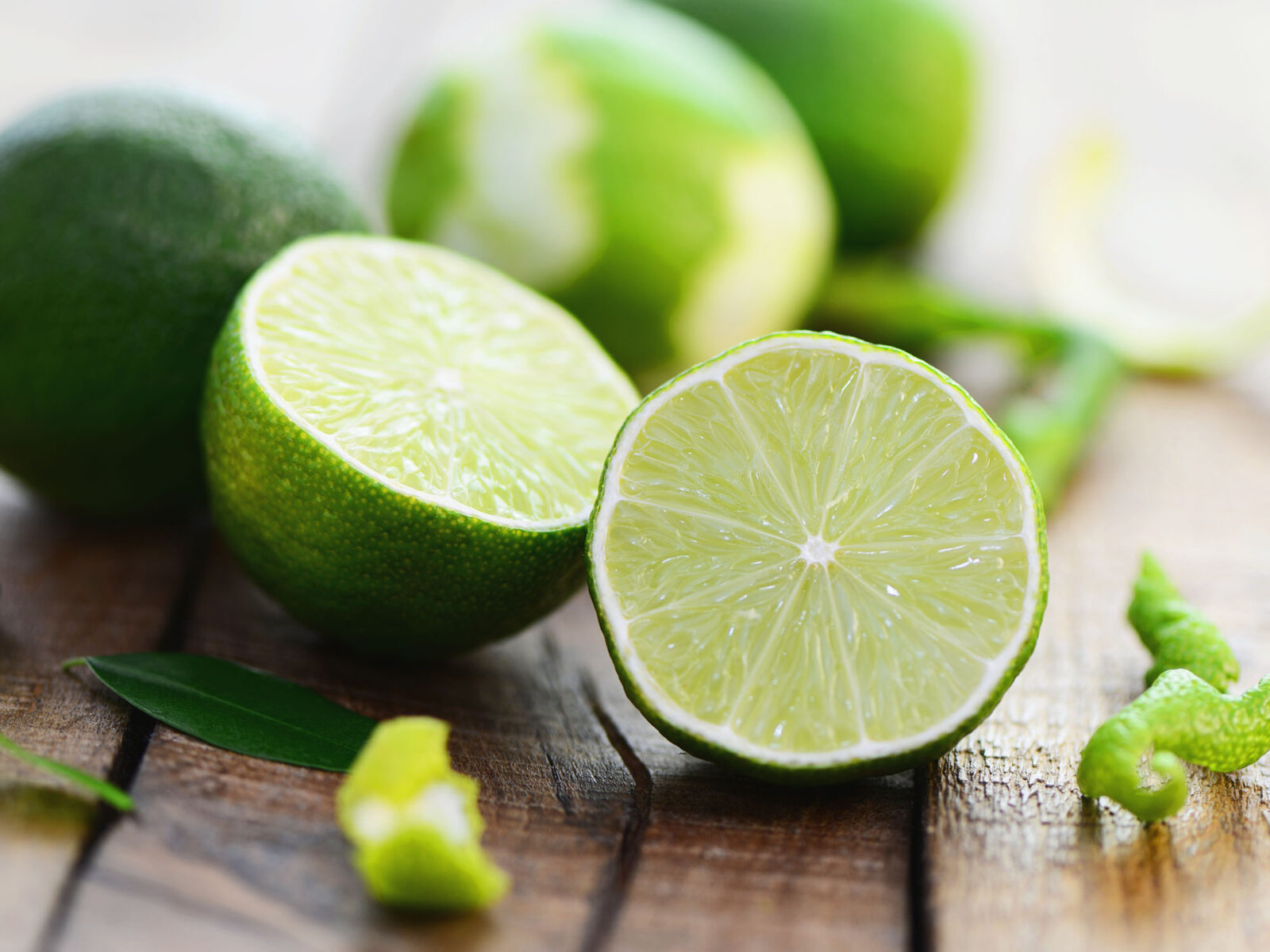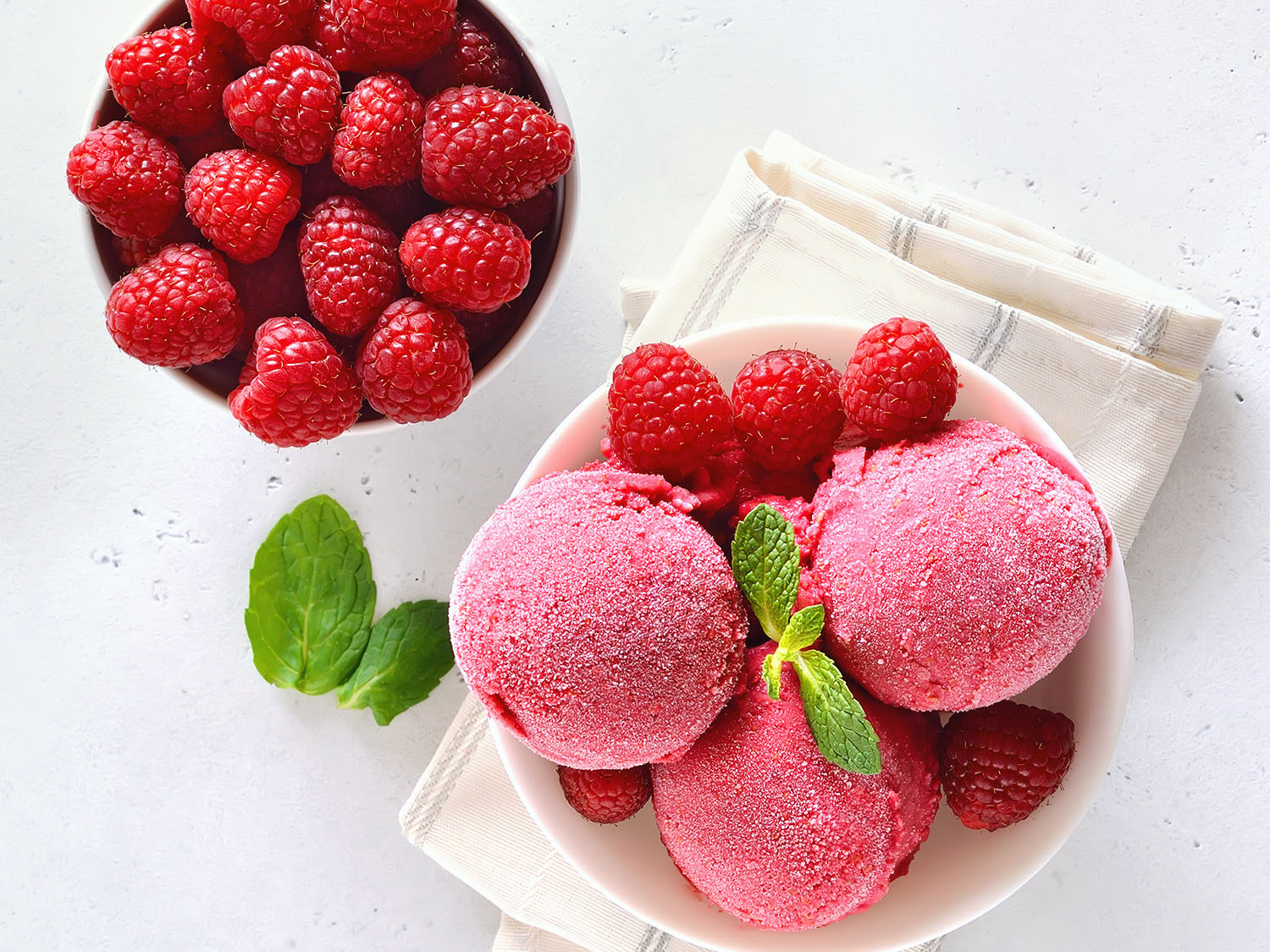
Farmy ist seit jeher die Anlaufstelle für frische, qualitative Produkte aus transparenter Herkunft direkt vom Produzenten sowie nachhaltiges, bequemes Einkaufen. Nun haben wir unser Sortiment mit ausgewählten Marken erweitert. In diesem Artikel erfährst du, warum und was für Vorteile sich für dich daraus ergeben.
Warum bietet Farmy nun ausgewählte Marken-Produkte an?
Wir möchten dir einen Platz bieten, an dem du deinen gesamten Wocheneinkauf einfach, stressfrei und in einem Rutsch erledigen kannst. Wie aus häufig kommuniziertem Kundenfeedback hervorgegangen ist, fehlte es aber noch an alltäglichen Markenprodukten, die in vielen Schweizer Haushalten vorkommen und zusätzlich im Supermarkt gekauft werden müssen. Deshalb haben wir uns entschieden, ausgewählte Marken in unser Sortiment aufzunehmen.
So kann bei Farmy neu neben zahlreichen Früchten und Gemüse, frischem Brot und Gebäck von acht regionalen Bäckereien und Konditoreien, der breitesten Auswahl an Käse und Milchprodukten von Schweizer Bauern, Fleisch von elf Metzgereien, frischem Fisch und Meeresfrüchten wie auf einem mediterranen Fischmarkt sowie Blumen und Wein auch ein ausgewähltes Markensortiment bestellt werden. Der vollständige Wocheneinkauf wird dank Farmy noch unkomplizierter und transparent an einem Ort möglich – du sparst dir die zeitaufwändigen Wege zum Bäcker, zur Metzgerei, in den Hofladen, den Alnatura Bio Markt, den Wochenmarkt und den Supermarkt. Damit können wir alle Bereiche des wöchentlichen Lebensmitteleinkaufs abdecken.
Deine Vorteile, wenn du bei Farmy einkaufst
Auch die Alltagsprodukte sind wie gewohnt transparent gekennzeichnet in Bezug auf Herkunft, Zertifikate, Inhaltsstoffe etc. Schliesslich sind wir davon überzeugt, dass du eine informierte Entscheidung beim Kauf deiner Produkte treffen können solltest! Wir bieten dir die Möglichkeit, die beste Wahl für dich zu treffen.
Hie und da wirst du Flyer, gratis Müsterli und Erwähnungen der neuen Produzent*innen in deinen Bestellungen und in unserem Newsletter finden, um diese besser kennenzulernen – unser Fokus ist und bleibt aber auf den regionalen, kleinen Produzent*innen. Das macht Farmy aus, das ist unser Kern. Und wie du ja weisst, ist unsere Auswahl diesbezüglich riesig!
Wir hoffen, dir damit zu helfen und freuen uns, weiterhin deine frischen Bestellungen auszuliefern.





